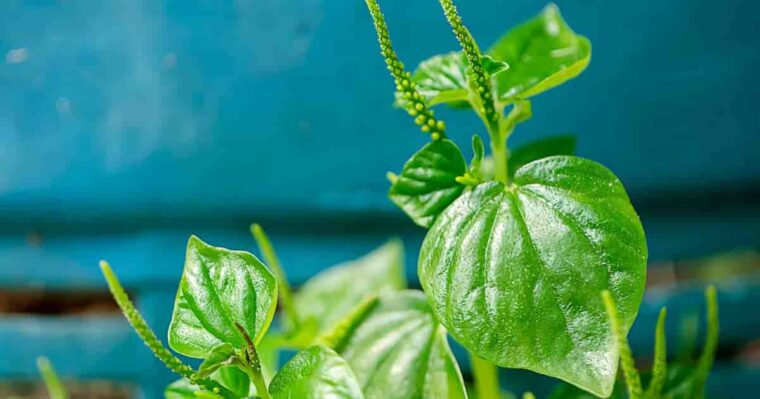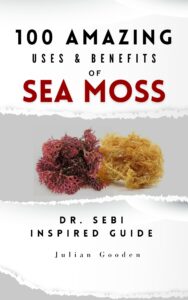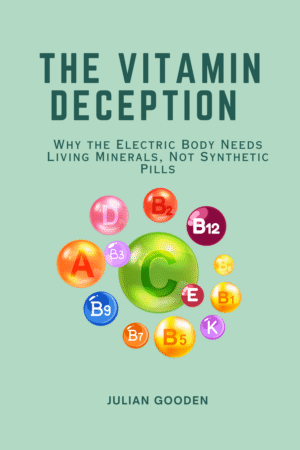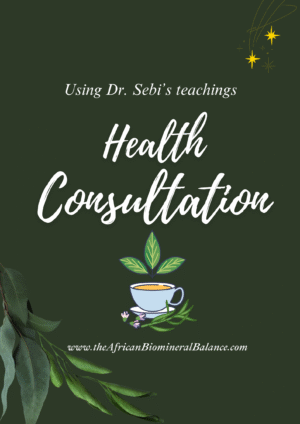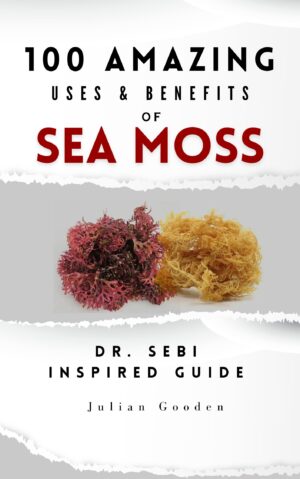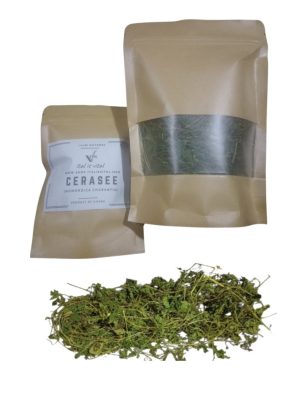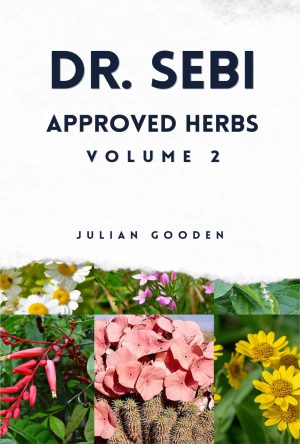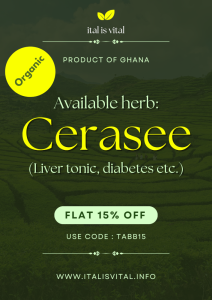Dr. Sebi noted that the Shining Bush plant gives you energy immediately when consumed. Let us learn about the Shining Bush plant:
Scientific Name: Peperomia pellucida (L.) Kunth
Family: Piperaceae
Common Names: Shining Bush, Pepper Elder, Man-to-Man, Rat’s Ear, Silverbush, Clearweed, Pansit-pansitan (Philippines), Luchi Pata (India), Càng Cua (Vietnam).
Description
Shining Bush is an annual, shallow-rooted herbaceous plant native to tropical and subtropical regions, including Central and South America, Asia, and parts of the southeastern U.S. It grows to 15-45 cm (6-18 inches) with succulent, translucent, heart-shaped, glossy green leaves and thin, erect stems. The plant produces tiny, dot-like seeds on cord-like fruiting spikes and emits a mustard-like odor when crushed. It thrives in loose, humid soils in shaded areas like forests, rock crevices, and greenhouses.
Traditional and Ethnomedicinal Uses
Peperomia pellucida is widely used in traditional medicine across cultures:
- Philippines: Endorsed by the Department of Health for reducing uric acid levels, aiding arthritis and gout. Consumed as a decoction, herbal tea, or raw in salads.
- Bolivia: Crushed plant mixed with water to stop haemorrhages; roots for fever; aerial parts for wounds.
- Brazil: Used to lower cholesterol and treat cardiac arrhythmia.
- Guyana and Amazon: Cough suppressant, diuretic, and emollient for skin disorders like acne and boils.
- Nigeria: Water extract for high blood pressure, urinary tract infections, and insomnia.
- General Uses: Treats abdominal pain, abscesses, acne, boils, colic, fatigue, headache, kidney issues, rheumatic joint pain, and shows potential anti-cancer, antibacterial, and antifungal properties.
Pharmacological Properties
- Anti-inflammatory: Aqueous extracts (200-400 mg/kg) reduce paw oedema in animal studies by interfering with prostaglandin synthesis.
- Analgesic: Effective in acetic acid-induced writhing (400 mg/kg) and hot-plate tests (100 mg/kg).
- Antioxidant: Inhibits 30% of DPPH free radicals due to high mineral content and phytochemicals like Peperomin E.
- Antibacterial and Antifungal: Inhibits various pathogens, showing broad-spectrum antibiotic potential.
- Antipyretic: Leaves used for fever, though clinical data is limited.
- Anti-cancer: Peperomin E and extracts show potential to inhibit cancer cell growth.
- Diuretic: Reduces uric acid levels, aiding urinary and renal issues.
- Eye Health: Potential for inflammatory eye diseases (e.g., conjunctivitis, cataracts).
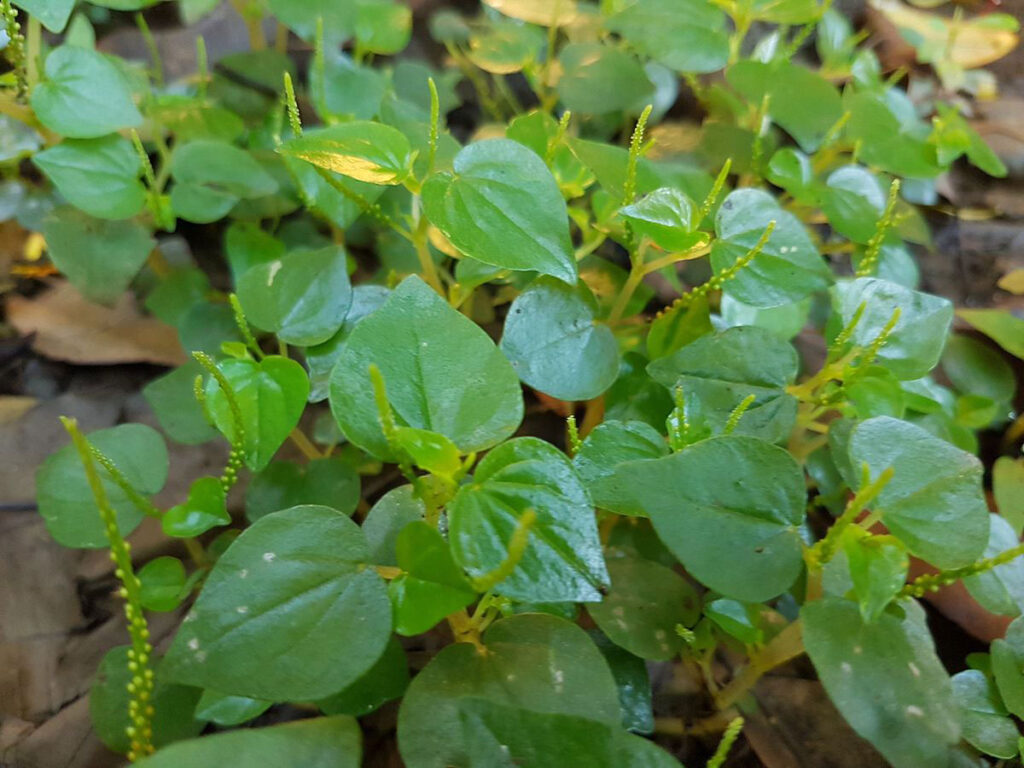
Methods of Use
- Herbal Tea/Decoction: Leaves steeped in hot water for gout, arthritis, urinary issues, or fever.
- Topical Application: Crushed leaves or juice as a poultice for skin issues (acne, boils, abscesses) or wounds.
- Culinary: Added to salads or cooked dishes.
- Supplements: Available as capsules or extracts.
- Fresh Juice: Used for eye inflammation or sore throat.
Safety and Precautions
- Drug Interactions: May enhance analgesic or anti-inflammatory drugs, increasing risks like GI bleeding or bruising.
- Pregnancy and Lactation: Avoid due to insufficient safety data.
Cultivation and Harvesting
- Environment: Thrives in warm, humid, shaded conditions with well-drained, humus-rich soil. Prefers 65-80°F (18-27°C); dies below 50°F (10°C). Suitable for USDA zones 9b-11 or as a houseplant.
- Propagation: Via seeds (germinate in 3 days to 3 weeks under high humidity) or stem cuttings. Self-seeding common.
- Harvesting: Leaves and stems harvested year-round in tropics, especially during rainy seasons. Seeds collected in summer or fall.
Research and Future Potential
Studies highlight potential for new drugs due to bioactive compounds, particularly for anti-inflammatory, antioxidant, and anti-cancer applications. More clinical research is needed. Urbanization has reduced natural populations, prompting cultivation.
References
- Aziba, P. I., Adedeji, A., Ekor, M., & Adeyemi, O. (2001). Analgesic activity of Peperomia pellucida aerial parts in mice. Fitoterapia, 72(1), 57–58.
- Arrigoni-Blank, M. F., Dmitrieva, E. G., Franzotti, E. M., Antoniolli, A. R., Andrade, M. R., & Marchioro, M. (2004). Anti-inflammatory and analgesic activity of Peperomia pellucida (L.) HBK (Piperaceae). “J Ethnopharmacol”, 91(2–3), 215–218.
- Mutee, A. F., Salhimi, S. M., Yam, M. F., Lim, C. P., Abdullah, G. Z., Ameer, O. Z., … & Asmawi, M. Z. (2010). In vivo anti-inflammatory and in vitro antioxidant activities of Peperomia pellucida. International Journal of Pharmacology, 6(5), 686–690.
- Philippine Department of Health. (n.d.). Herbal Medicine: Pansit-pansitan (Peperomia pellucida). Retrieved from [DOH website].
- Ragasa, C. Y., Dumato, M., & Rideout, J. A. (1998). Antifungal compounds from Peperomia pellucida. ACGC Chemical Research Communications, 7, 54–61.
- Xu, S., Li, N., Ning, M. M., Zhou, C. H., Yang, Q. R., & Wang, M. W. (2006). Bioactive compounds from Peperomia pellucida. Journal of Natural Products, 69(2), 247–250.


